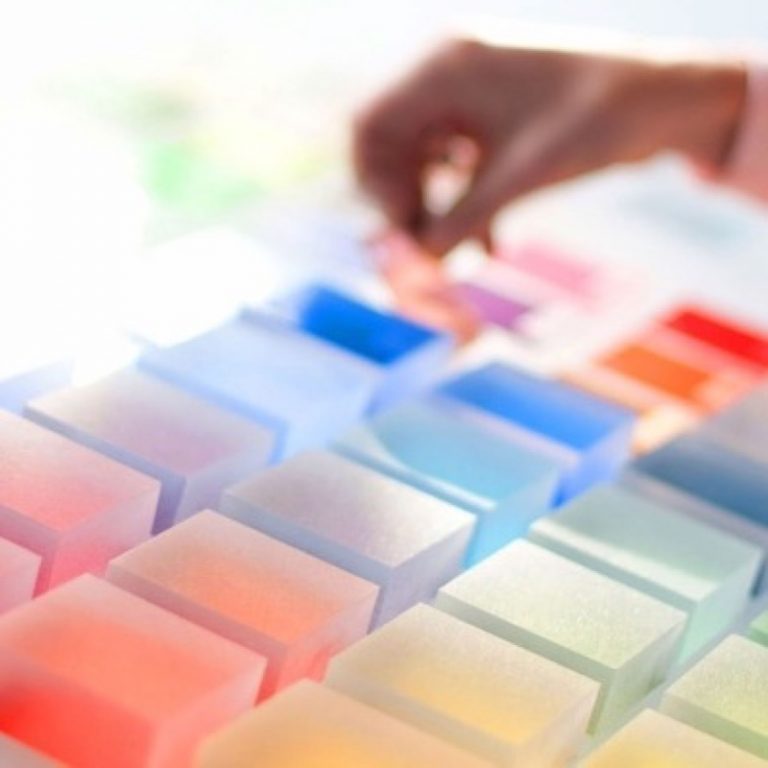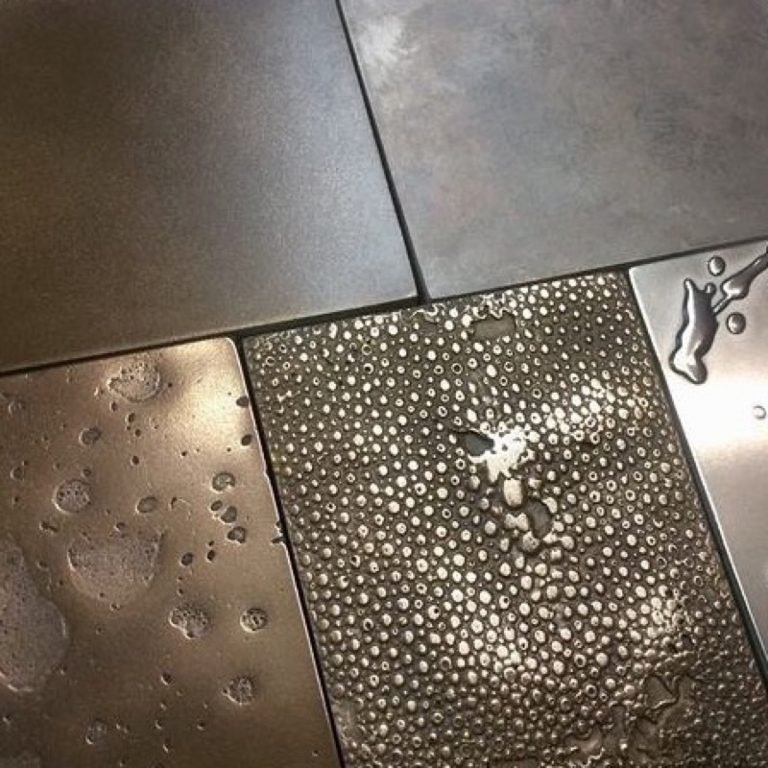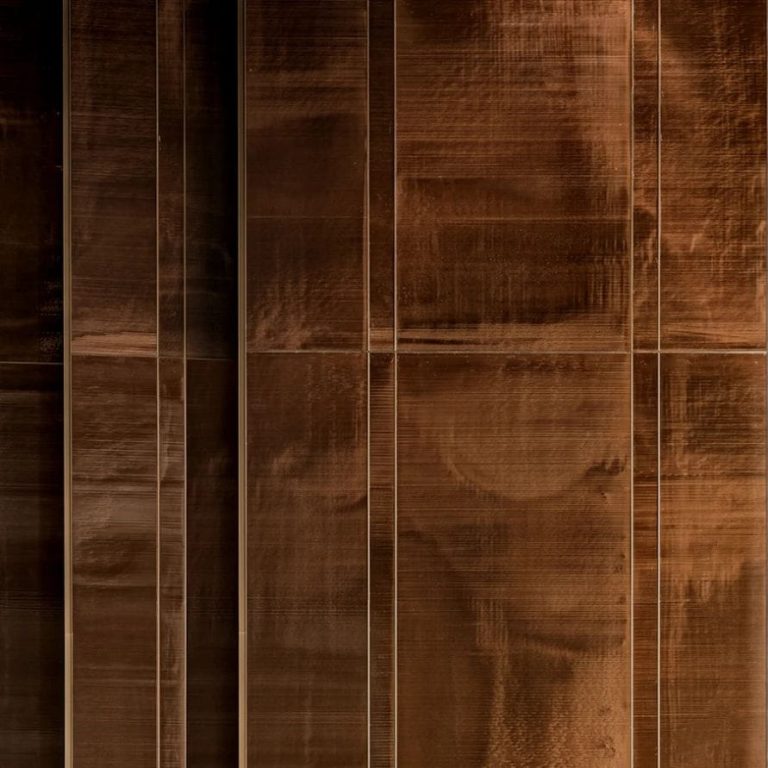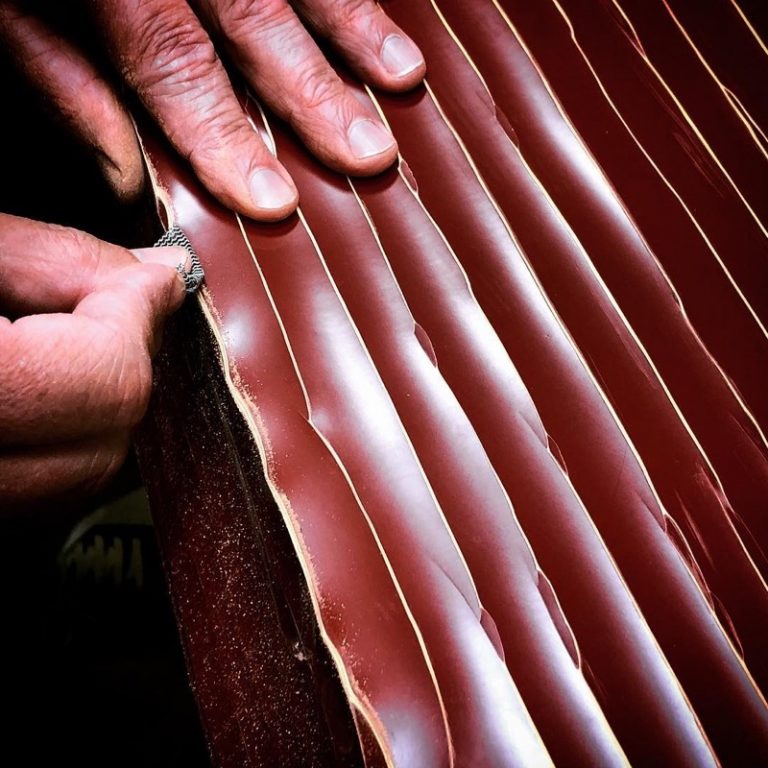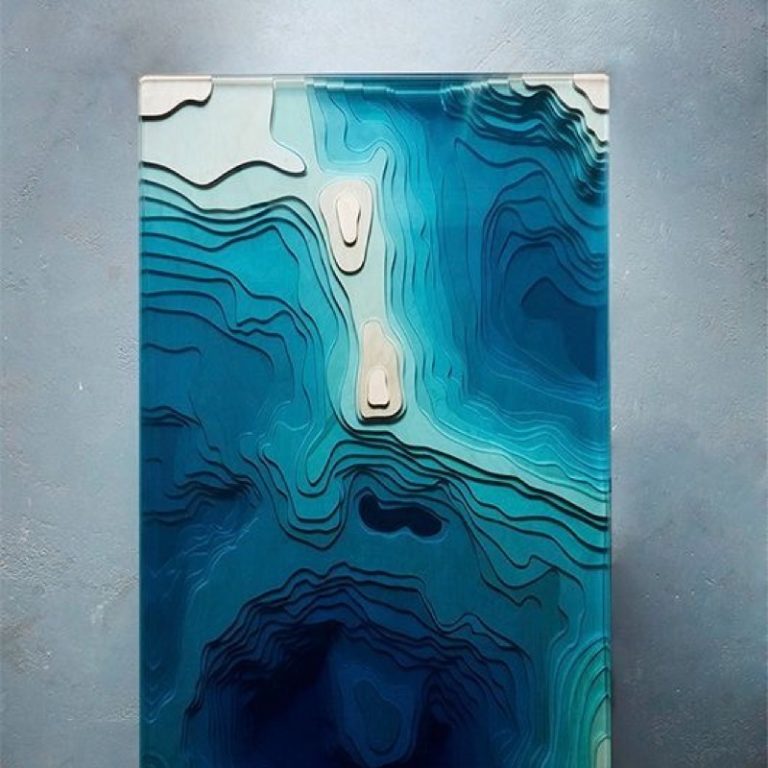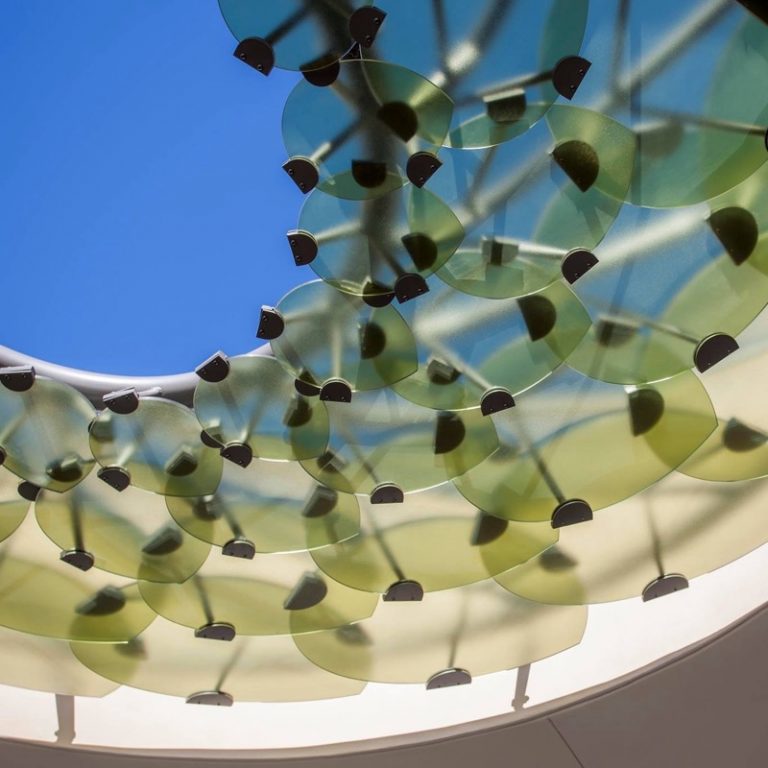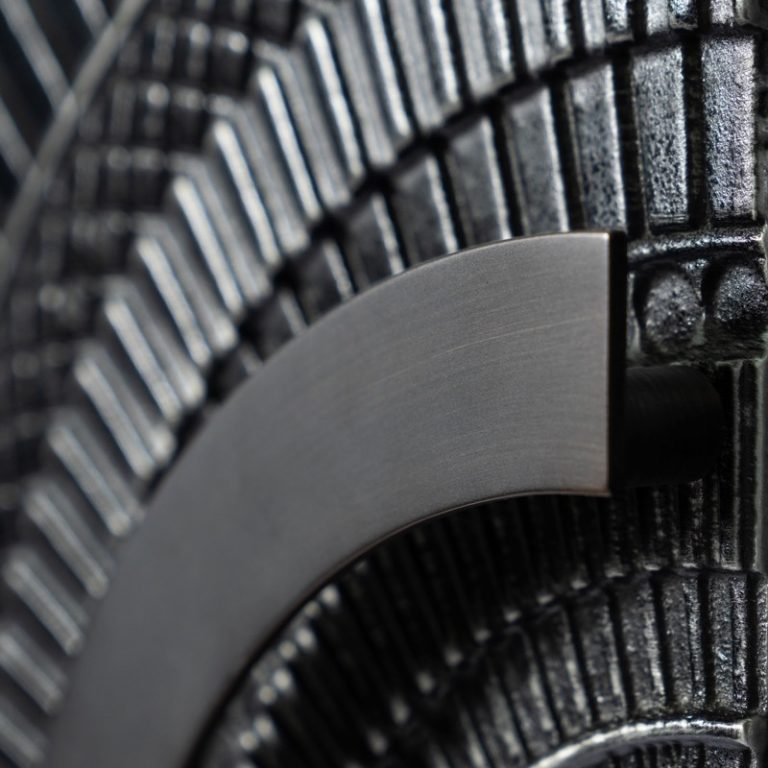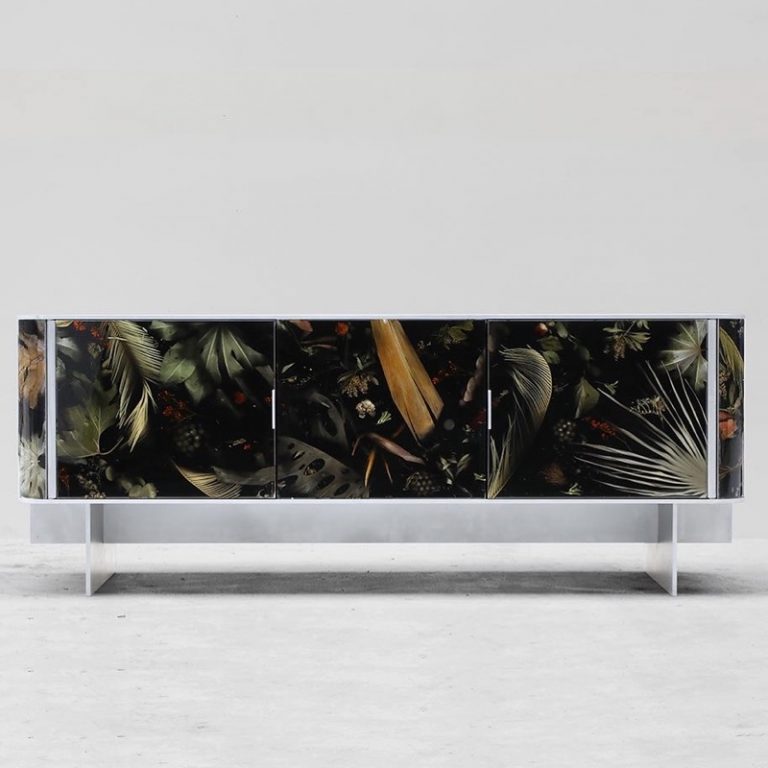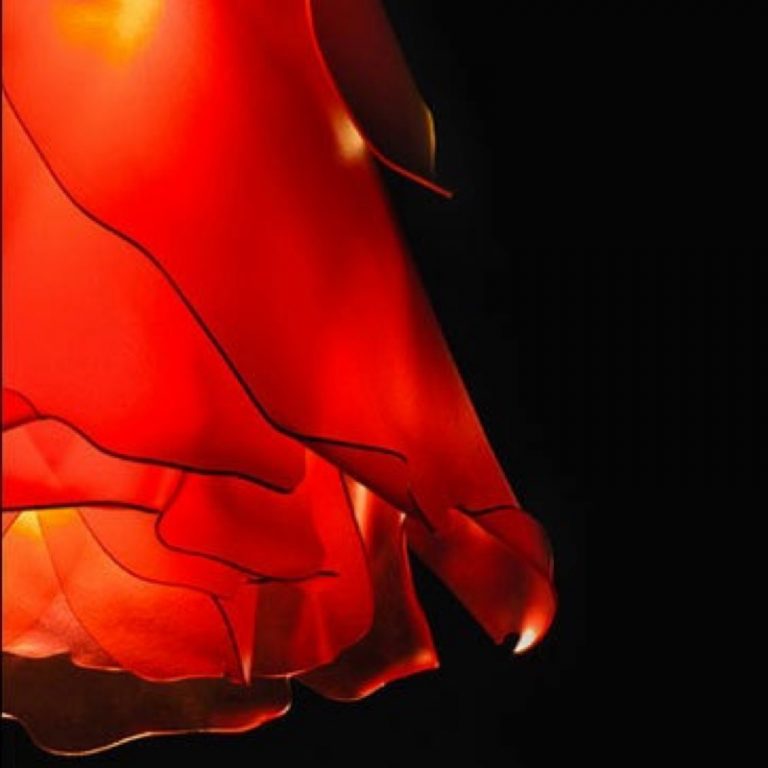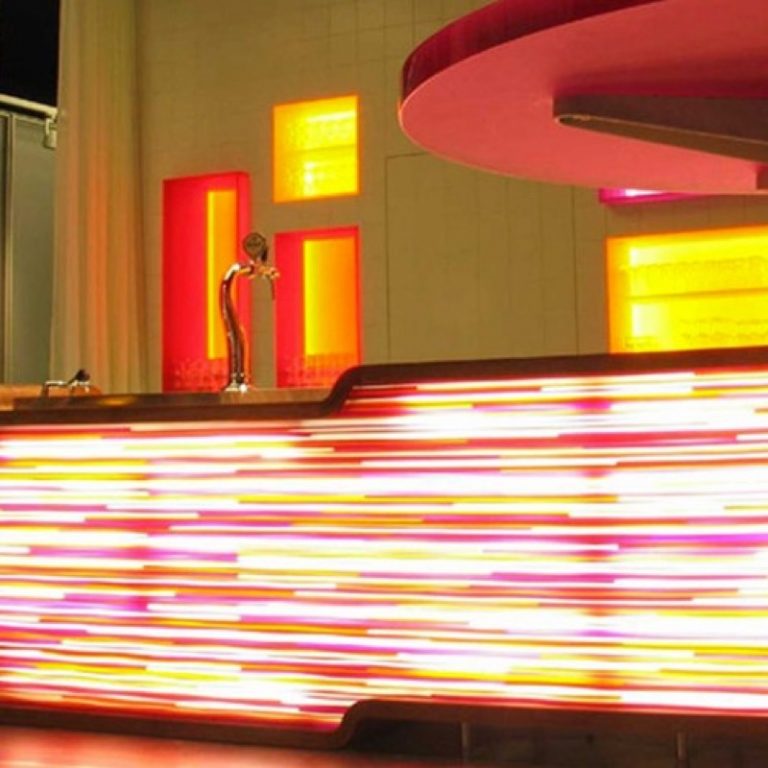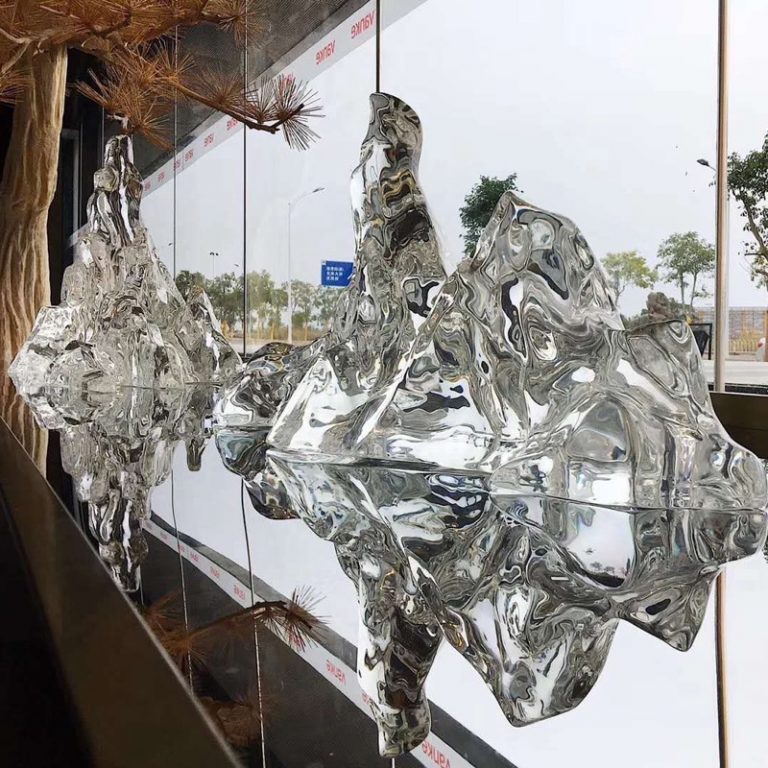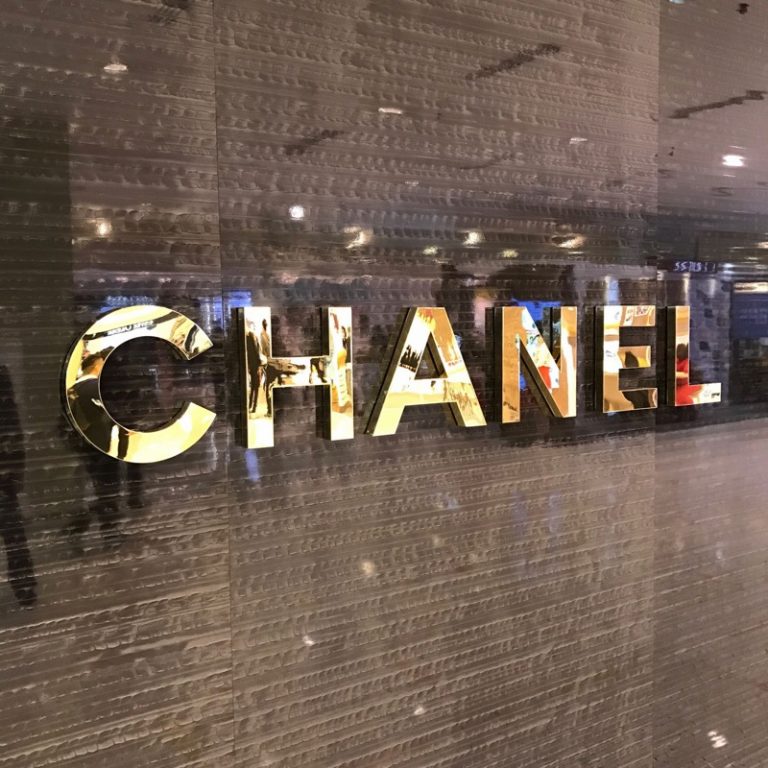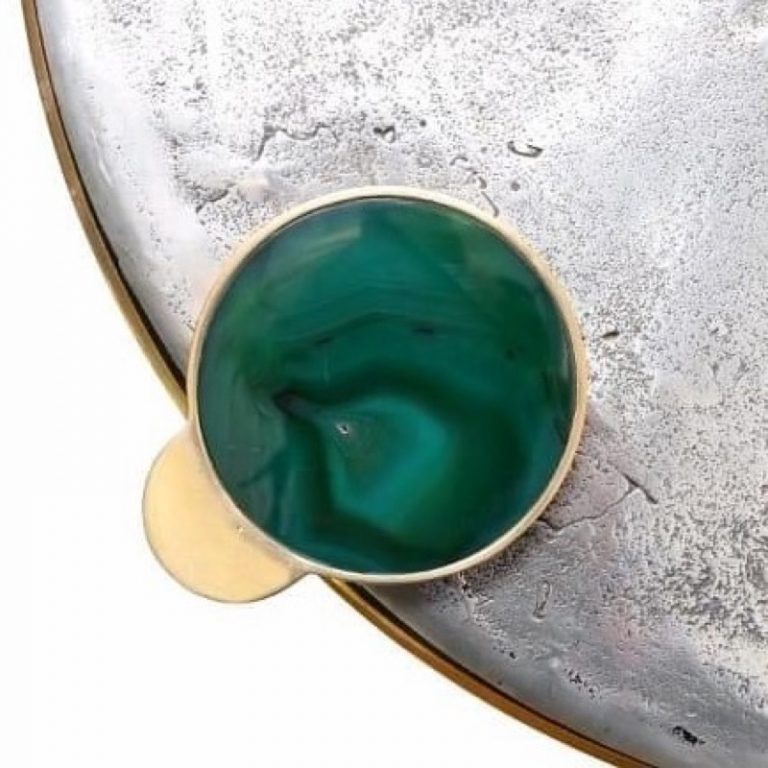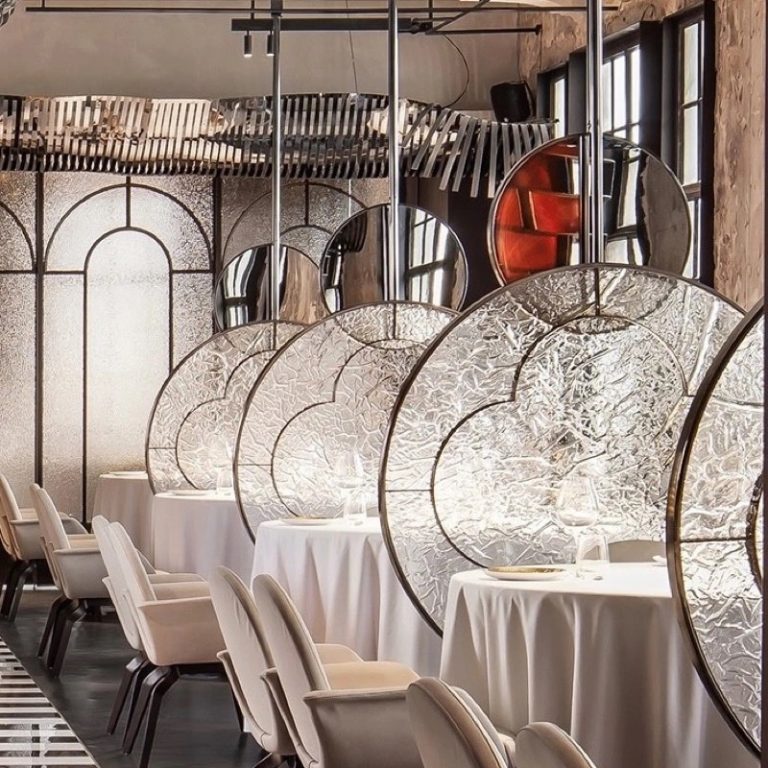Introduction: Innovations in interior design have led to the integration of creative materials, and one such versatile medium is resin panels. Elevator handrails, often overlooked in design, present an exciting opportunity for the application of resin panels. This article explores the imaginative use of resin panels in elevator handrails, showcasing both aesthetic and functional benefits.
- Aesthetic Elegance: Resin panels offer a sleek and modern aesthetic that can transform the appearance of elevator handrails. The translucent nature of the material allows for the infusion of vibrant colors, patterns, or even embedded elements, turning a mundane component into a visually captivating focal point within the elevator.
- Customized Designs: Resin panels are highly customizable, allowing designers to create unique and tailored handrail designs. Whether it’s incorporating branded logos, intricate patterns, or thematic elements, the flexibility of resin panels opens the door to endless design possibilities that align with the overall interior theme of the building.
- Play of Light: The translucent quality of resin panels enables a captivating play of light. Strategic illumination can be used to highlight the handrails, creating an alluring glow that enhances the ambiance of the elevator. This dynamic interaction with light adds a layer of sophistication and visual interest to the space.
- Textural Variations: Resin panels can be manipulated to achieve various textures, providing a tactile experience for elevator users. Whether opting for a smooth, glossy finish or a textured surface, the ability to introduce different tactile sensations enhances the overall user experience and contributes to the aesthetic richness of the space.
- Durability and Maintenance: Resin panels are known for their durability and resistance to wear and tear. This is especially advantageous for high-traffic areas like elevators, where handrails are subject to frequent use. Additionally, the smooth surface of resin panels is easy to clean and maintain, ensuring a consistently polished appearance.
- Branding Opportunities: Elevator handrails, when adorned with customized resin panels, become an unconventional yet effective space for branding. Businesses can incorporate their logos, colors, or brand elements into the handrails, subtly reinforcing their identity and creating a cohesive design language throughout the building.
- Innovative Material Integration: Resin panels can be combined with other materials, such as metal or wood, to create hybrid designs. This integration allows for a harmonious blend of textures and finishes, introducing a layer of complexity to the handrails that goes beyond conventional materials.
- Modernity and Trendiness: The use of resin panels in elevator handrails reflects a commitment to modernity and design innovation. It adds a touch of trendiness to the overall architectural concept, making the elevator space not only functional but also a statement of contemporary design.
Conclusion: The application of creative resin panels in elevator handrails presents a unique opportunity to transform a utilitarian element into a work of art. Beyond their aesthetic allure, resin panels offer practical advantages such as durability and easy maintenance. As architects and designers continue to explore unconventional materials, the integration of resin panels in elevator handrails stands out as an inventive and stylish choice in modern interior design.


